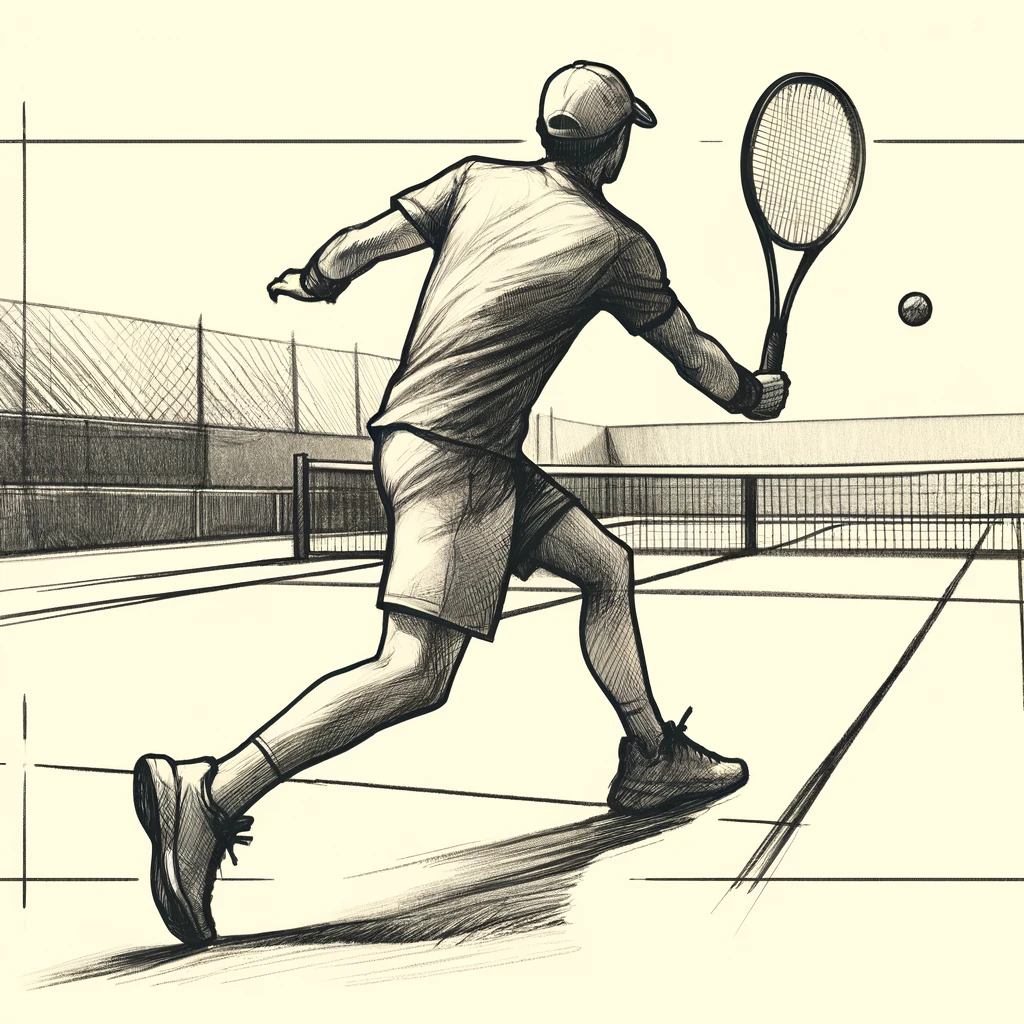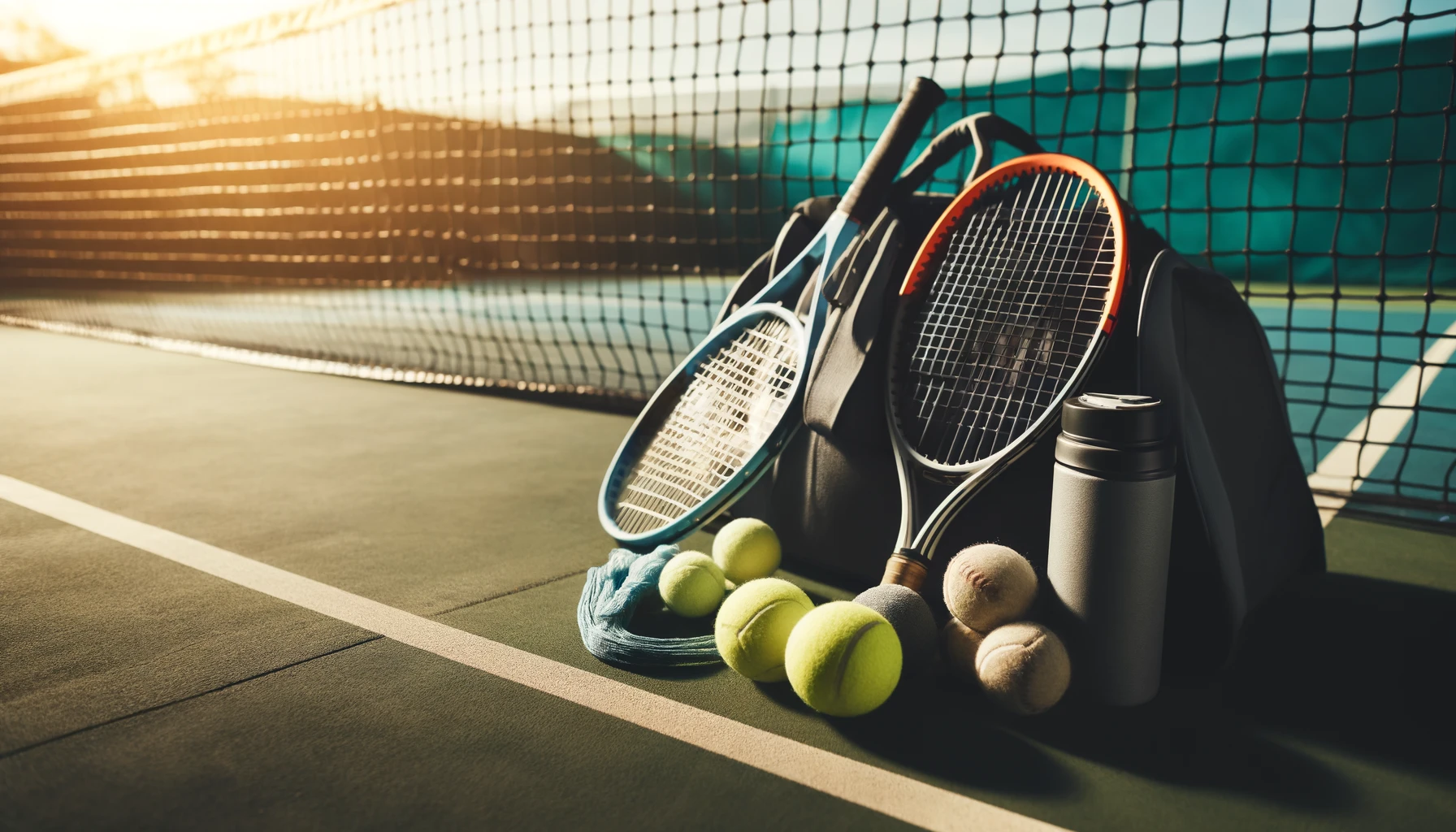Starting a new sport can be both exciting and challenging. Tennis, with its blend of physical endurance, strategic thinking, and technical skill, is no exception. As with any new endeavor, beginners are bound to make mistakes. Recognizing and addressing these common errors early on can set you on a path to improvement and enjoyment. Here are some common tennis mistakes new players make and tips on how to avoid them.
1. Improper Grip
Mistake:
One of the most fundamental errors beginners make is using an improper grip. The wrong grip can lead to poor control, decreased power, and increased risk of injury.
Solution:
Learn the basic grips: Eastern, Continental, Western and variations according to the hit. Start with the Eastern grip for forehands and the Continental grip for serves and volleys. Practice holding the racket properly and experiment to find what feels most comfortable and effective for different shots.
2. Poor Footwork
Mistake:
Many inexperienced players underestimate the importance of footwork. Standing still or having sluggish movement can hinder your ability to reach the ball and execute shots effectively.
Solution:
Focus on staying light on your feet and always being ready to move. Practice specific footwork drills to improve your agility and balance. Remember to always return to the ready position after each shot and always be in motion. When you are on the court you are always on alert and never still.

3. Overhitting the Ball
Mistake:
Beginners often try to hit the ball too hard, leading to frequent errors and balls flying out of bounds.
Solution:
Focus on control rather than power. Use smooth, controlled strokes and aim for consistency. As you become more comfortable and skilled, you can gradually increase your power without sacrificing accuracy. I tend to make this mistake a lot because I get overly excited that my hit will be a winner, but as a beginner, most of my hits were out. Tame this enthusiasm and control your power.
4. Neglecting the Backhand
Mistake:
Many new players rely heavily on their forehand and neglect to develop a strong backhand. This can become a significant weakness that opponents will exploit.
Solution:
Dedicate equal practice time to your backhand. Work on both one-handed and two-handed backhands to see which works best for you. Practice drills that incorporate both forehand and backhand shots to ensure balanced development. Remember that using only the forehand will require more footwork and will get you tired quickly.
5. Poor Shot Selection
Mistake:
Beginners often go for risky shots or fail to consider their position on the court, leading to unforced errors.
Solution:
Develop a strategic approach to your game. Understand your strengths and weaknesses and choose shots that play to your strengths. Learn to recognize when to play it safe and when to take calculated risks. Do not try to imitate what you see on TV from the professional players.
6. Ignoring Warm-Up and Cool-Down
Mistake:
Skipping warm-up and cool-down routines can lead to injuries and decreased performance.
Solution:
Always start your practice or match with a proper warm-up to prepare your muscles and joints. Incorporate dynamic stretches and light cardiovascular exercises. After playing, cool down with static stretches to aid in recovery and prevent stiffness. Also, do not try to hit hard on your first strokes. Progress your power as you warm-up.
7. Lack of Consistency
Mistake:
Inconsistent practice habits can hinder your progress. Playing sporadically or neglecting to practice specific skills can lead to slow improvement.
Solution:
Establish a regular practice schedule and stick to it. Focus on different aspects of the game in each session, such as serving, groundstrokes, volleys, and footwork. Consistent practice leads to steady improvement.
8. Poor Court Positioning
Mistake:
Standing too close to the net or too far behind the baseline can make it difficult to return shots effectively.
Solution:
Learn the basics of court positioning. Stay near the baseline during rallies and move forward to the net when appropriate. Always return to a neutral position after hitting the ball to be ready for the next shot.
9. Not Seeking Feedback
Mistake:
Relying solely on self-assessment can limit your growth. Without feedback, it’s challenging to identify and correct mistakes.
Solution:
Seek feedback from more experienced players, coaches, or even through video analysis of your play. Constructive criticism can help you identify areas for improvement and accelerate your progress.
Starting out in tennis seems hard when you first try it, but by recognizing and addressing these common mistakes, you can set yourself up for success. Focus on proper technique, consistent practice, and strategic play. With time, patience, and dedication, you’ll see improvement in your game and enjoy the process of becoming a better tennis player. Happy playing!
